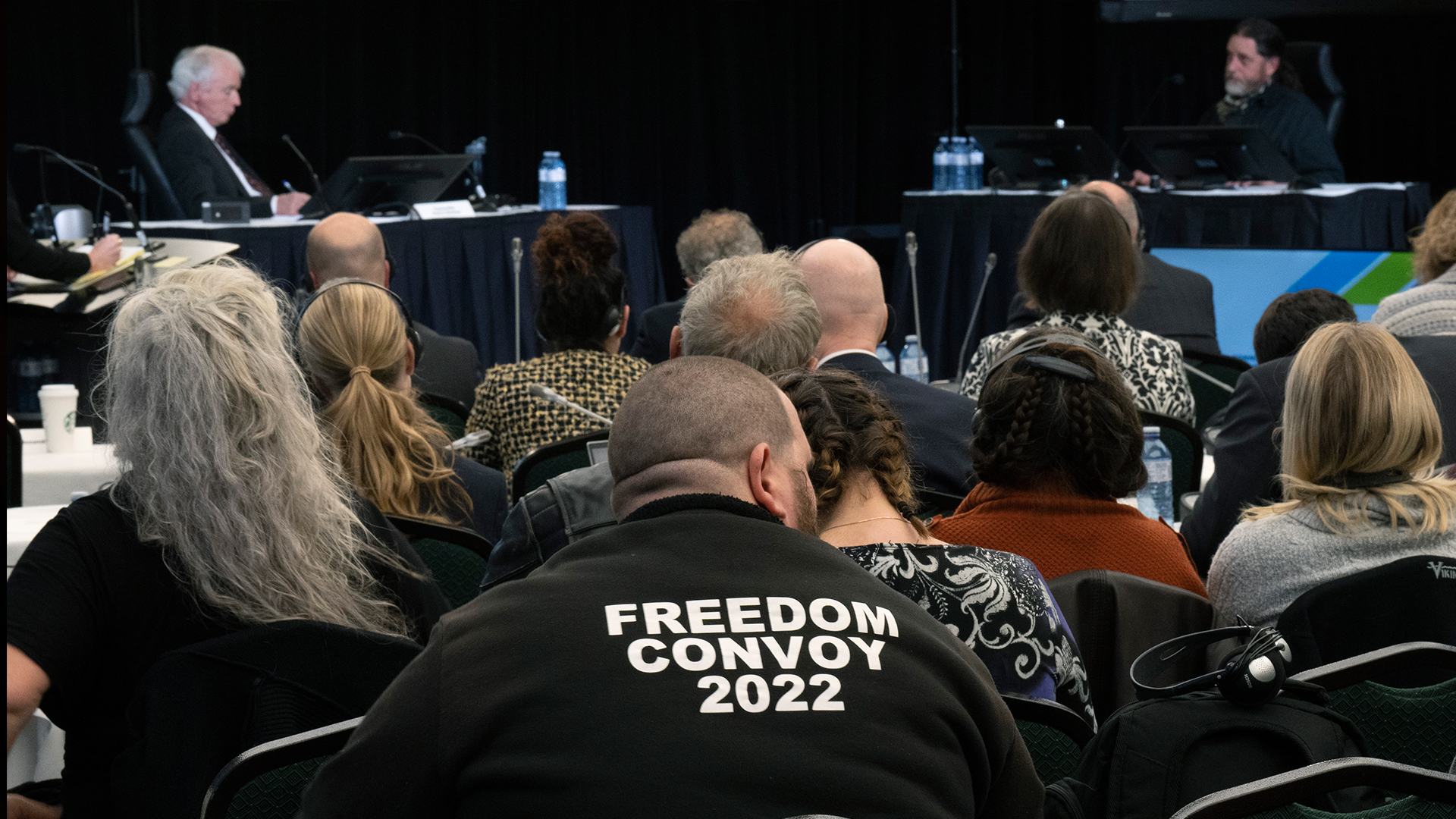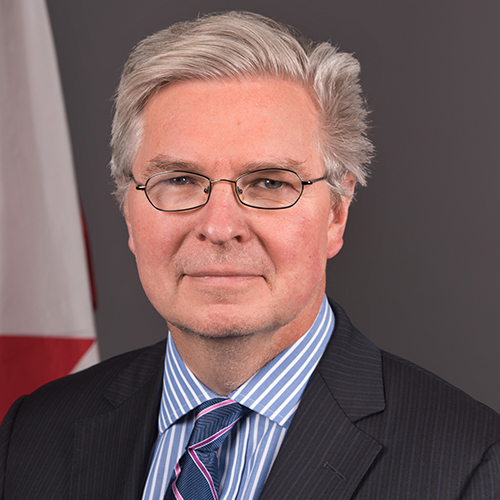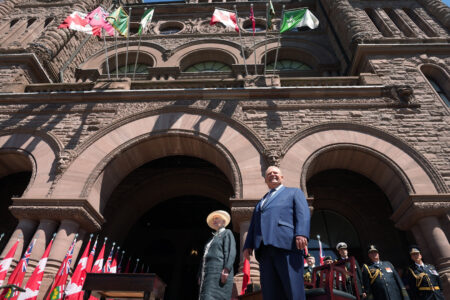
The Public Order Emergency Commission looking into the so-called “Freedom Convoy” protests last winter will present its report to government and Parliament in the coming days. The commission examined the circumstances leading to the invocation of the Emergencies Act and the measures the government took to manage the crisis. It will offer findings and recommendations, including on the use of the Act and the appropriateness and effectiveness of the government’s response.
The commission will undoubtedly highlight lessons learned for Canada’s security and intelligence community. To this end, the commission should look closely at a report produced last May by the University of Ottawa’s Graduate School of Public and International Affairs, titled A National Security Strategy for the 2020s.
This report, which we co-led and was supported by a task force of former senior government officials, identified areas where Canada needs to improve its performance on national security. The convoy, and testimony by officials before the commission, only confirmed that the government needs to pay greater attention to these issues.
Six areas require particular attention.
First, the concept of national security has expanded, and identifying what constitutes a threat to Canada is challenging. This confusion was laid bare during the convoy. The threat definition contained in Section 2 of the Canadian Security Intelligence Service Act is outdated and is not suited to determine whether the Emergencies Act should be invoked. Indeed, the CSIS director stated that the protests did not meet the threshold set out in the CSIS Act for threats to the security of Canada, but he supported the declaration of the Emergencies Act based on broader concerns. The definition of threat in the CSIS Act needs to be updated (indeed, the task force recommended a thorough overhaul of the 40-year-old legislation), while the Emergencies Act threshold for a public order emergency should be clarified.
Second, different levels of government need to work together more closely. This was not always the case during the convoy. The Ontario Provincial Police, for example, produced good intelligence reporting, but the extent to which it reached key federal decision-makers is unclear. At the same time, the chief of the Ottawa Police Service claimed that he received no intelligence from the federal government. Ottawa should establish permanent mechanisms to improve intelligence sharing and policy co-ordination with other levels of government.
Third, the government needs to rethink its national security architecture and create a central assessment function. Federal officials lamented that they did not have access to integrated threat assessments to inform decision-making, receiving instead siloed analysis from individual organizations that did not build a complete picture of the escalating situation. Given the complex array of threats facing Canada, including right-wing extremism, economic espionage, foreign interference, climate change, and the use of disruptive technologies by hostile actors, a central assessment function would provide a comprehensive, all-source domestic and foreign threat picture.
Fourth, the collection and analysis of open-source intelligence, especially on social media needs to improve. There was some collection during the protests, but it was not always coordinated, lacked resources, and ran up against limited mandates, particularly for CSIS. The government has taken steps to develop open-source capabilities, but more are needed, including the creation of an open-source centre of excellence.
Canada’s national security institutions have fallen woefully behind
Fifth, the government suffered from a ponderous decision-making process. A cabinet committee on national security chaired by the prime minister should be created to deal with both short- and long-term security issues. Such a body would receive regular intelligence briefings and allow the prime minister and key ministers to gain collective knowledge and experience and thereby respond more effectively to crises.
Finally, a lack of national security transparency is costly. The government refused to release the Department of Justice’s legal advice on which it premised its invocation of the Emergencies Act. This only creates suspicion among many Canadians; just saying “trust us” is not sufficient. More broadly, the government should build on recent efforts and significantly enhance engagement with Canadians on national security matters.
The convoy highlighted the lack of a serious national security culture in Canada. But it also presents opportunities, spurred by the upcoming commission report, to make much-needed changes. And if this leads to more public debate about national security, and perhaps a new national security policy (the first since 2004), all the better.












